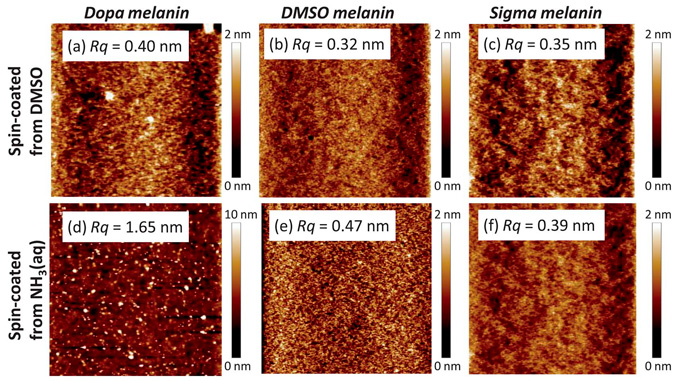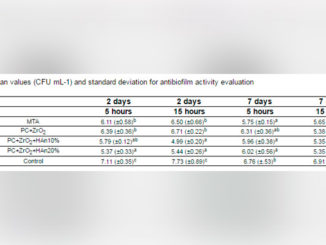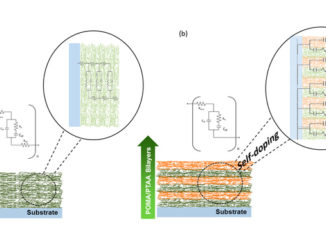
Writers: Julia Wünsche, Fabio Cicoira, Carlos F. O. Graeff, Clara Santato
Keywords: Bioelectronic applications; Bioelectronic device; Chemical compositions; Electrical characterization
Abstract: Eumelanin pigments show hydration-dependent conductivity, broad-band UV-vis absorption, and chelation of metal ions. Solution-processing of synthetic eumelanins opens new possibilities for the characterization of eumelanin in thin film form and its integration into bioelectronic devices. We investigate the effect of different synthesis routes and processing solvents on the growth, the morphology, and the chemical composition of eumelanin thin films using atomic force microscopy and X-ray photoelectron spectroscopy. We further characterize the films by transient electrical current measurements obtained at 50% to 90% relative humidity, relevant for bioelectronic applications. We show that the use of dimethyl sulfoxide is preferable over ammonia solution as processing solvent, yielding homogeneous films with surface roughnesses below 0.5 nm and a chemical composition in agreement with the eumelanin molecular structure. These eumelanin films grow in a quasi layer-by-layer mode, each layer being composed of nanoaggregates, 1–2 nm high, 10–30 nm large. The transient electrical measurements using a planar two-electrode device suggest that there are two contributions to the current, electronic and ionic, the latter being increasingly dominant at higher hydration, and point to the importance of time-dependent electrical characterization of eumelanin films.




